So many video games send you to space. From recent titles like The Outer Worlds to last-gen classics like Mass Effect, gaming has had no shortage of interstellar adventures over the past decade. If space has such a wide variety of environments and places to explore, though, then why are so many space-themed games just about killing things? Whether you’re searching for hidden chests in Star Wars Jedi: Fallen Order or running strikes in Destiny, you’re most likely going to have to kill tons of extraterrestrial creatures just to reach your goal. Journey to the Savage Planet aims to bring exploration back to the forefront of space games, and while it comes close to accomplishing its goal in some aspects, other parts of the adventure water the whole experience down.
In Journey to the Savage Planet, you play as an explorer sent to a faraway world known as AR-Y 26. Your employer, Kindred Aerospace, which proudly touts itself as the 4th best space exploration company, has sent you to this uncharted planet to explore, research, and catalog its native flora and fauna in order to determine if it is habitable for humanity. You’ve also only got enough fuel for a one-way trip, so you’re going to have to locate a fuel source somewhere on the planet if you want to return home. It sounds like a gravely serious task, but Journey to the Savage Planet is anything but.
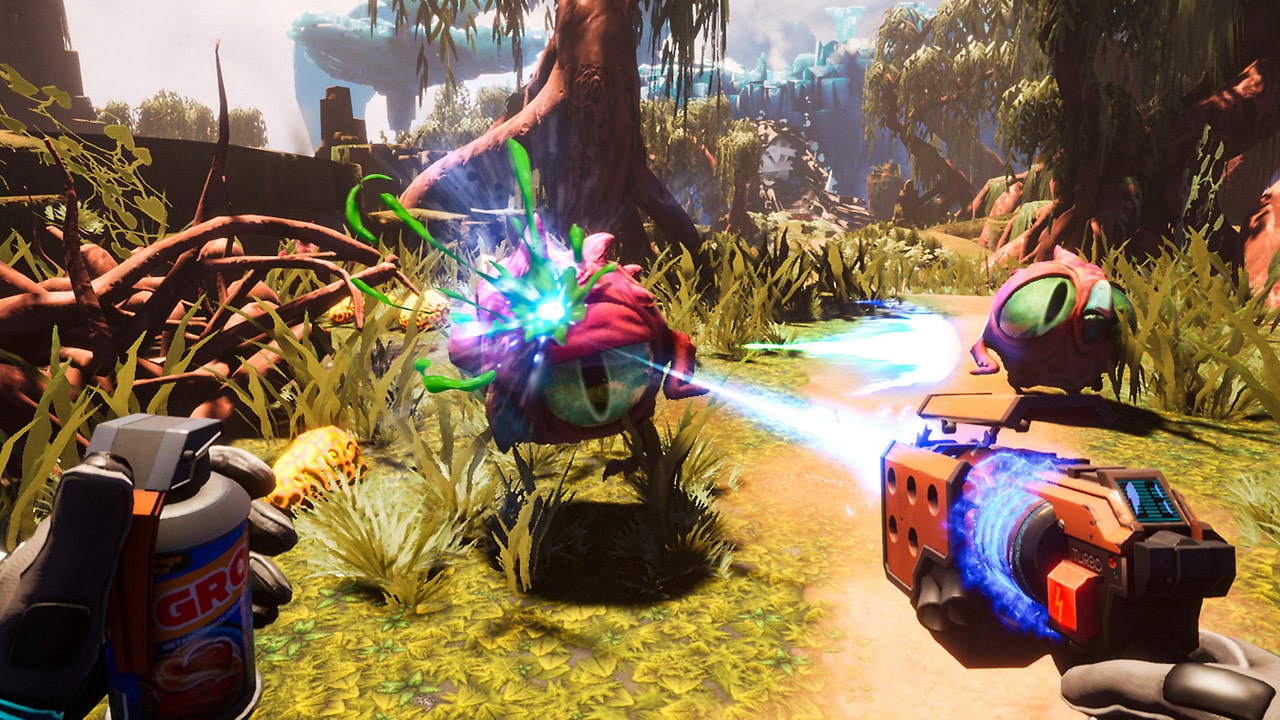
Considering your primary task is to uncover AR-Y 26’s secrets, Journey to the Savage Planet has exploration at its core. You’ll traverse strange alien environments, scanning flora and fauna along the way. There is a central mystery in the form of the Spire that looms over the game’s biomes, but the real meat of this game is in the journey, not the destination. The small discoveries, like the screaming Baboushkas that split into smaller versions of themselves when shot or the Meat Vortexes that block your path unless they’re fed, are the highlights of Journey to the Savage Planet, and the game’s wildly creative creature designs keep the excitement palpable hours into the adventure.
The game’s charm helps keep the experience feeling fresh throughout the majority of its runtime as well. If the colorful, vibrant visuals didn’t give it away, Journey to the Savage Planet does not take itself seriously in the slightest. The writing is somewhere between the capitalism-themed satire of The Outer Worlds, with constant over the top advertisements running in your spaceship, and the rapid-fire humor of Borderlands (except it’s actually funny sometimes). Your AI companion, Eko, always has something to say, and she’s never a bother for the most part. At its best, the writing got a smile out of me, but at its worst, it was never particularly grating. Still, despite being an exploration game with an unnamed, unvoiced protagonist, there’s just so much writing in Journey to the Savage Planet. From Eko’s cheery comments to the silly emails in your ship’s computer to the descriptions of all the flora and fauna you scan, Journey to the Savage Planet is absolutely dripping with personality.
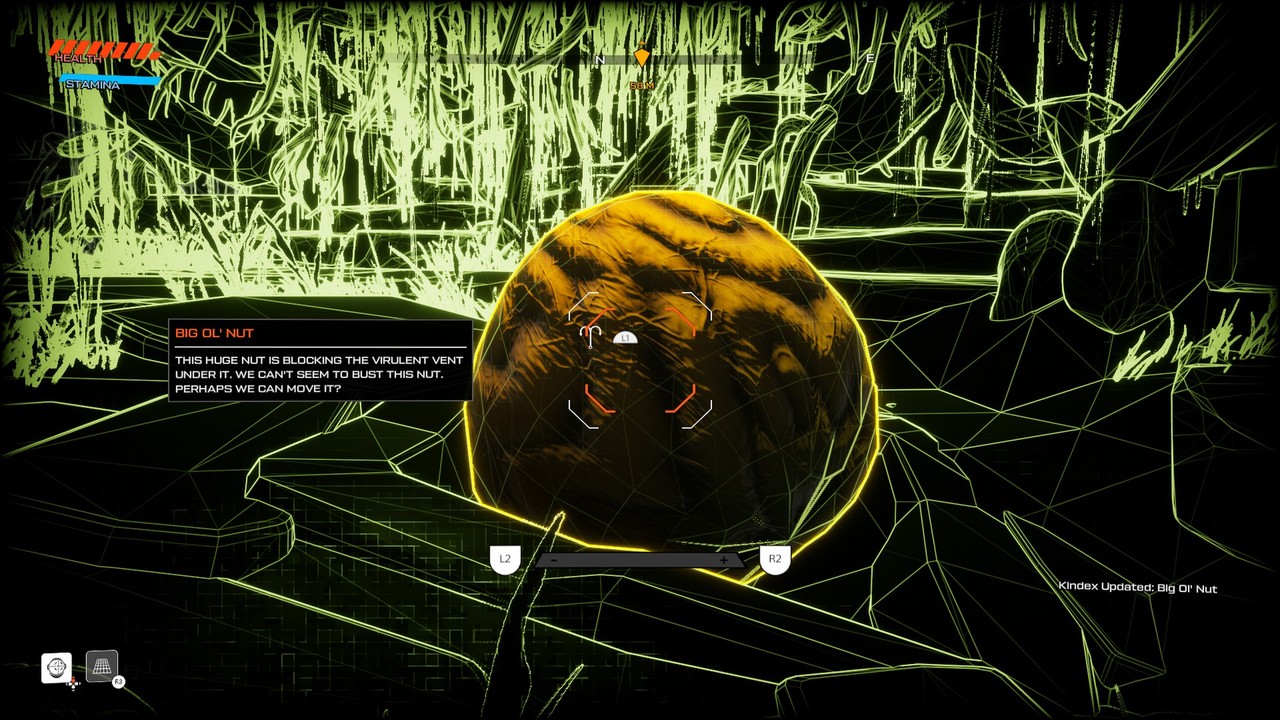
Although exploration is at the heart of Journey to the Savage Planet, the game also features some combat. Most creatures on AR-Y 26 are passive and won’t attack you, but some will attack you on sight. Your trusty laser pistol can keep just about any alien foe at bay, but unfortunately, the gunplay is stiff and combat encounters almost always feel like a chore rather than a challenge. Health is also never an issue due to the abundance of orange plants that drop health when shot. Your pistol can be upgraded with various new abilities like a charge shot, but none of the enhancements do much to improve the combat. Some advanced enemies like the pikemanders require you to target specific glowing weak spots to deal damage, but even these encounters quickly start to feel repetitive.
Fortunately, combat is practically nonexistent in the opening hours of Journey to the Savage Planet save for a few select encounters, but the back half of the game features combat more frequently, which ultimately bogs down the game’s pacing. The last two areas of the game in particular felt especially padded with combat, which led to a dull and frustrating few hours considering how simplistic and repetitive shootouts feel. Journey to the Savage Planet is at its best when it allows you to freely explore its otherworldly environments, but it so often forces you into fights that you’ll likely want no part of.
The game even features boss battles which, thankfully, tend to be more engaging than standard combat encounters. Each fight involves just as much platforming as it does shooting, making you utilize your entire arsenal to take them down. They’re also spaced out enough to never feel stale, and the difficulty is challenging enough without feeling overbearing. Again, the inventive creature designs make the bosses stand out, and the spectacle of battling these giant alien creatures while constantly moving around an arena was always entertaining.
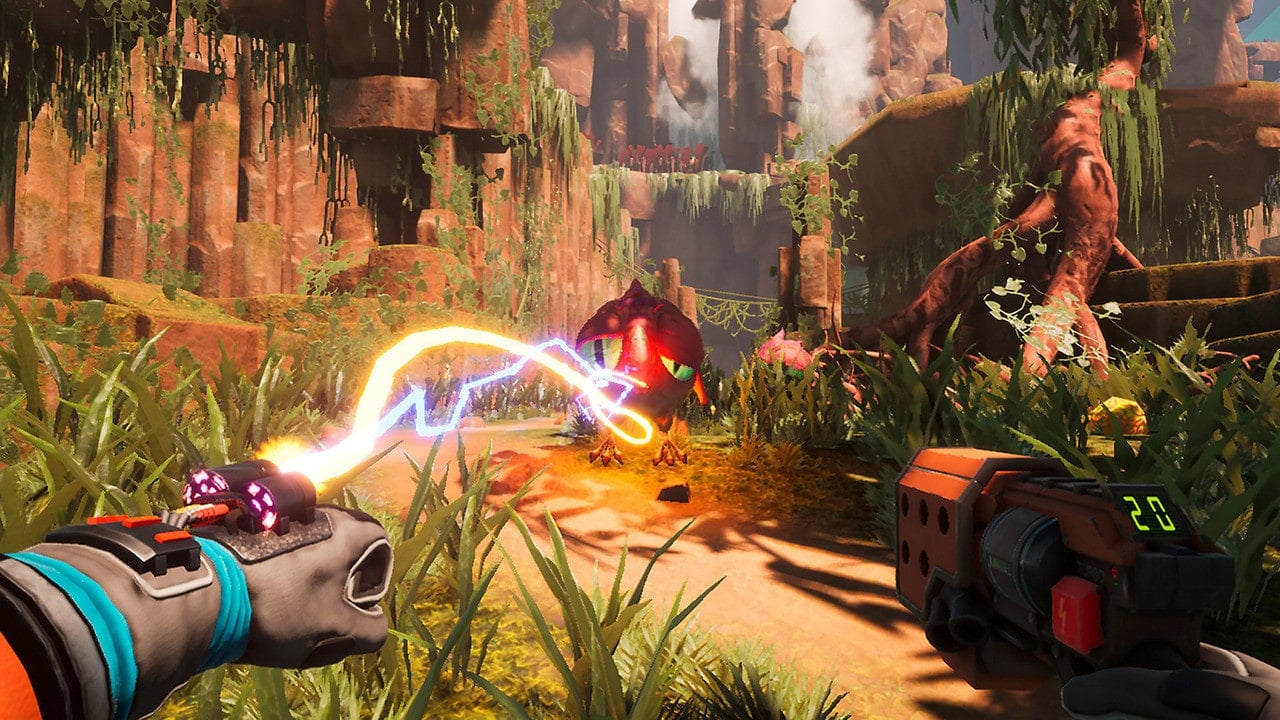
In between your outings into the unknown, you’ll return back to the Javelin, your ship which acts as your home base on AR-Y 26. The main draw of the Javelin is the 3D printer, which serves as your main source of upgrades throughout the game. The major upgrades like the double jump and grapple hook require specific items that you’ll have to explore to find, but optional upgrades can be acquired with materials gathered throughout the world, and they can be just as useful. Every upgrade in Journey to the Savage Planet feels truly worthwhile, no matter if it’s an upgrade required to progress or an optional one you crafted on a whim.
The materials the 3D printer takes can be found all over the place, so you’re never exactly starved for upgrade materials. Carbon can be obtained by killing wildlife, and the other materials like aluminum can be harvested by finding natural deposits as you explore. Rarer materials like alien alloys are a bit harder to come across, but they always feel great to find. The most helpful thing you’ll find out in the field, however, is the orange upgrade goo, which increases your total health and stamina after collecting a few. When you’re out and about on AR-Y 26, you’ll constantly be bombarded with minerals and resources, making exploration feel rewarding.
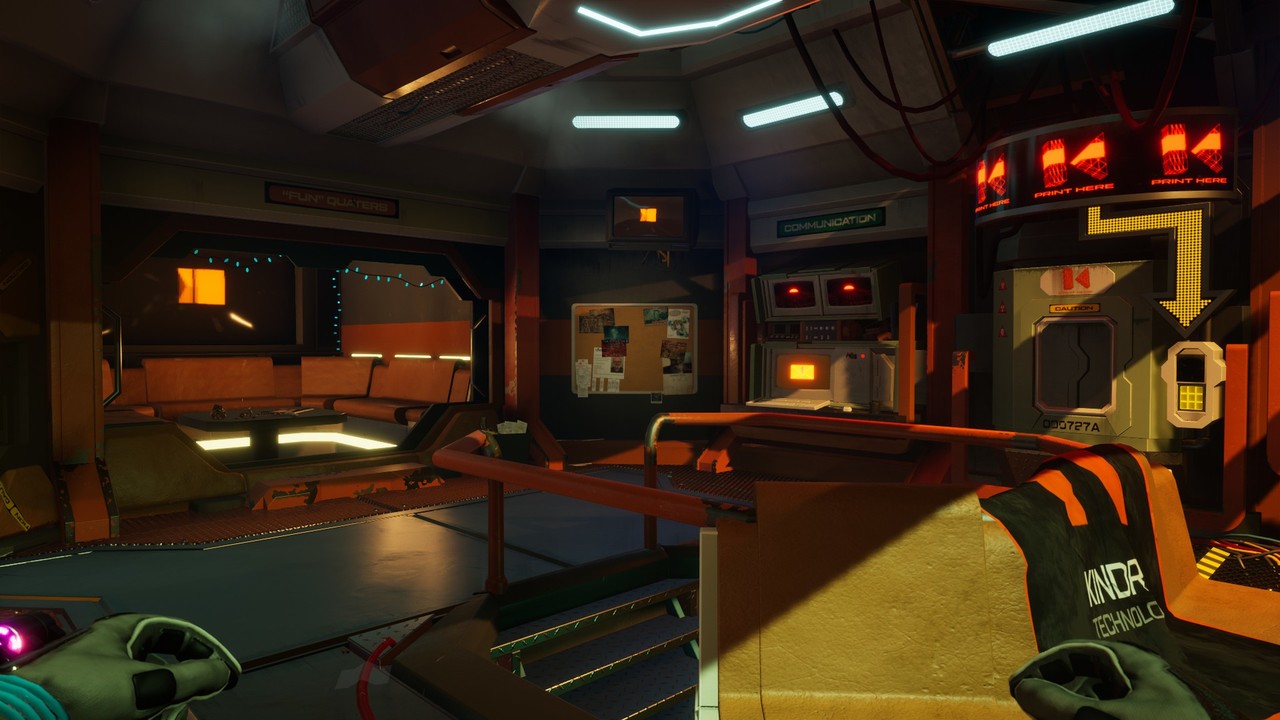
Even though you’re light years away from human civilization, you don’t have to be alone in Journey to the Savage Planet. The entire game is playable from start to finish in two-player online co-op, and it is without a doubt the best way to play. You and a friend can explore together or split up and go your separate ways. Each is equally viable, with the former resulting in a more traditional co-op experience and the latter resulting in plenty of discussion about the cool things each of you finds over voice chat. Discoveries just feel that much more gratifying when there’s someone to share them with.
As engaging as Journey to the Savage Planet is when you first start, the excitement begins to wear thin toward the end of the game. The loop of exploring and finding new upgrades to explore even more starts to get repetitive a few hours in. Still, the game is only about five hours long, so it ends just when things get stale. There is more to do once the credits roll, but I have no desire to return to Journey to the Savage Planet after felling the game’s final boss.
If you’re looking to get more than five hours out of Journey to the Savage Planet, though, you definitely can. Once the credits rolled, I still had plenty of places to explore and things to discover. There were still large amounts of upgrades still yet to be unlocked, too. The postgame here is just more of the same scanning and researching, so if you’re left wanting more, there’s a ton of stuff left to do. Unfortunately, you probably won’t want to return to the surface of AR-Y 26 once the main campaign is complete.
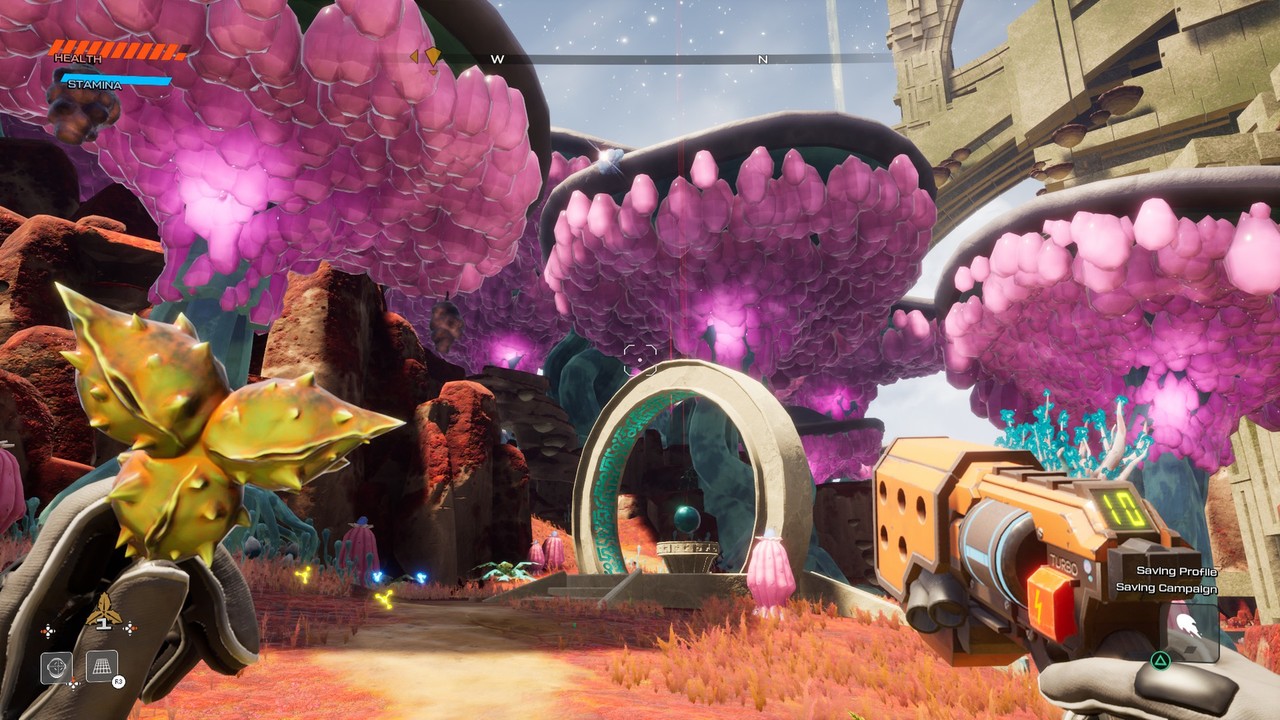
Journey to the Savage Planet starts strong, but things quickly start to go downhill after leaving the starting biome. A few upgrades and movement abilities unlocked later on open up some interesting possibilities, but these do little to save the game from feeling repetitive in the end. Combat also does little to keep things feeling fresh thanks to the stiff controls. With a friend, Journey to the Savage Planet can be a decent way to spend an evening or two, but if you plan on playing alone, this is one you can safely skip.
The Verdict
Journey to the Savage Planet is absolutely dripping with charm and personality, but the repetitive nature of the exploration and the stiff combat hold it back from being truly great. Playing with a friend dramatically improves the experience, but at the end of the day, you’ll likely have no desire to return to AR-Y 26 after the credits roll.



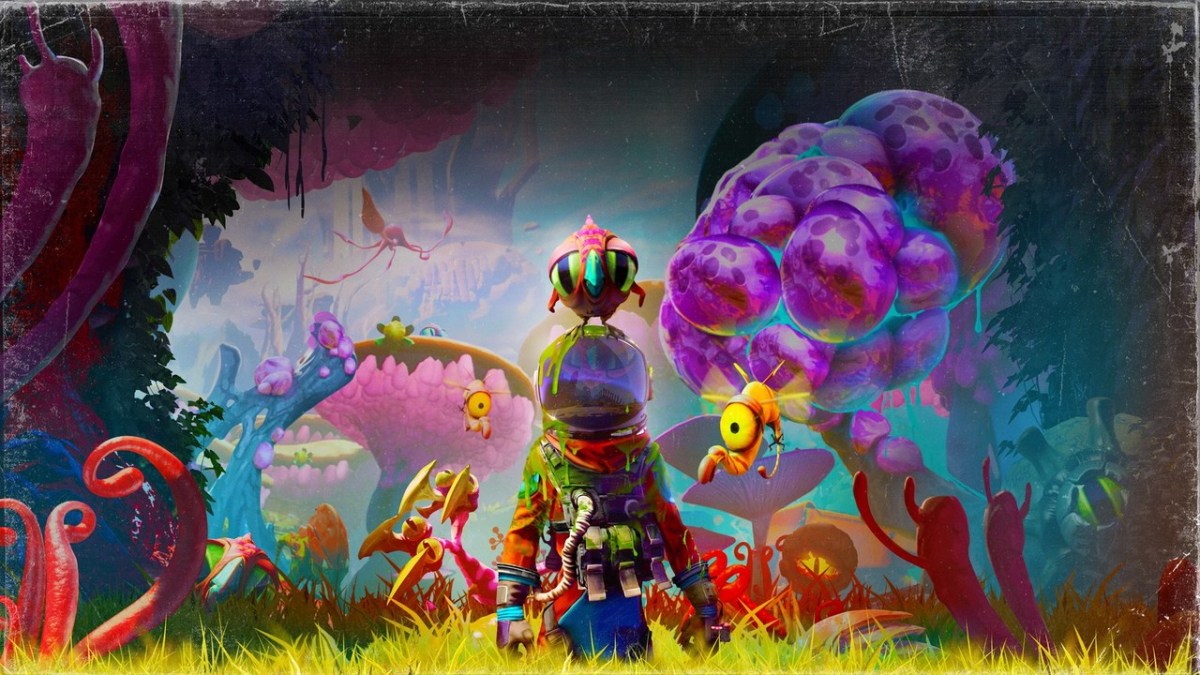

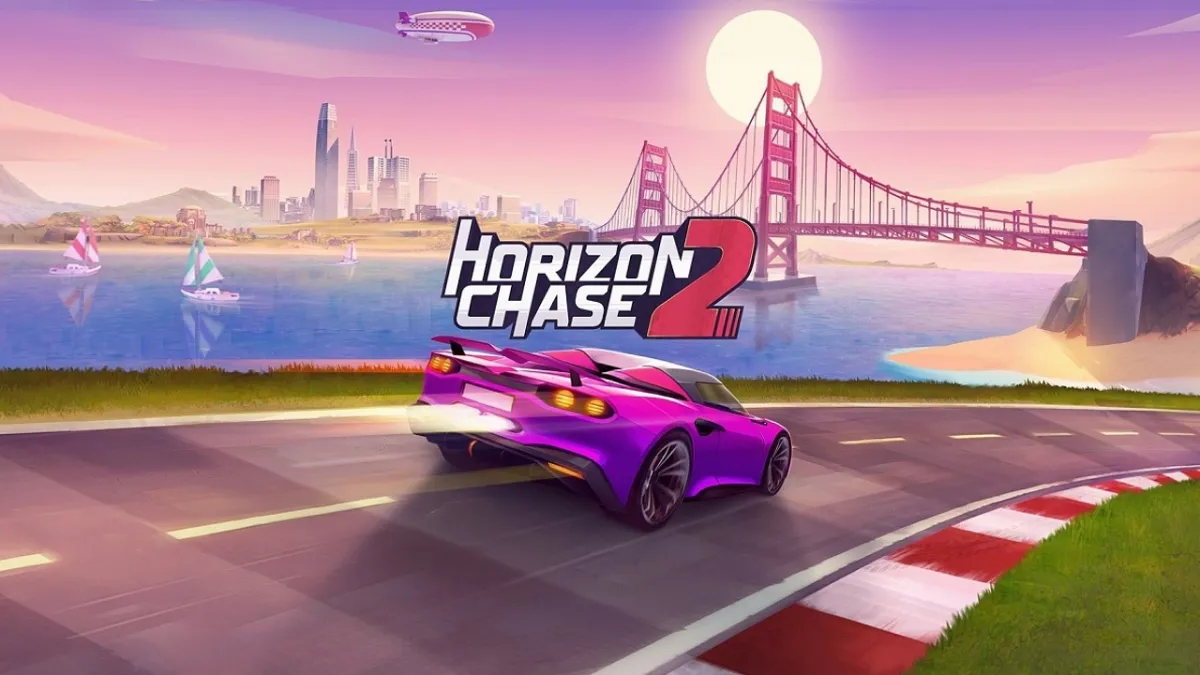




Published: Jan 27, 2020 08:00 am